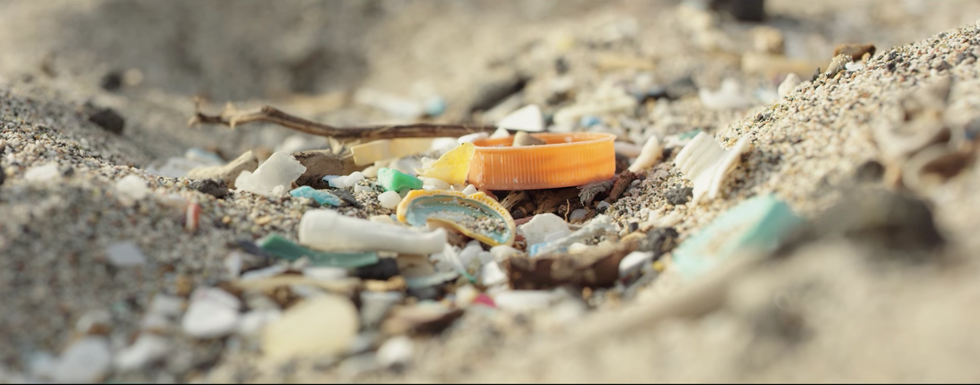Humans really have a way of ruining everything they touch. Seriously, we're the worst. We have been given a big beautiful world to live in, and we have treated it like a huge trash bin. I'm sure you know that plastic is bad for the environment, but if you knew exactly how much damage it causes, maybe you'd consider recycling a little more often.
Plastic can take over 1,000 years to break down. That means that every piece of plastic ever made is most likely still on this earth today. There are millions of tons of plastic in landfills just in the United States. The pieces of plastic in these landfills leak pollutants into the soil which can then be absorbed by humans and negatively impact our health.
The production of plastic also negatively impacts our earth. A large number of our fossil fuels are being used in the production of plastic. According to data collected in 2008, the amount of chemical energy from plastic in U.S. landfills at the time was equal to around 37 million tons of coal and 139 million barrels of oil. And that number has continued to grow rapidly every day since then.
Our oceans are also heavily polluted with plastic waste. Over 8 million tons of plastic are dumped into the ocean every year. This harms marine animals like endangered sea turtles. The majority of the population of sea turtles will be killed or injured by plastic in their lifetime. While hunting, sea turtles often mistake things like plastic bags for jellyfish. This is dangerous because when they try to consume them, the plastic gets caught in their airways and stomachs. This commonly happens to a variety of other marine animals as well, including whales, dolphins, seals, and puffins.
That's not the only way plastic is harming our ocean life, however. Currents in the water can gather plastic waste into huge pools in the middle of the ocean. The various pieces of plastic break down into very tiny plankton-sized pieces that outnumber plankton 6 to 1. These particles collect harmful toxins that marine animals can accidentally ingest. Those toxins also often make their way back to humans when we eat seafood that has been exposed to them.
Plastic in the ocean also affects biodiversity. Floating plastic debris can transport foreign species (like barnacles and algae) to parts of the world they normally wouldn't make it to. These foreign species can be detrimental to the ecosystem that they travel to.
As you can imagine, no one wants any of these things to happen to our beautiful earth. That's why we have to pay more attention to our wastefulness and try to reduce it as much as possible. Here are a few ways you can try to cut back on the amount of plastic you use!
- Bring reusable bags to the grocery store
- Drink water from a reusable container rather than plastic bottles
- Recycle as much plastic as you can
- Say no to plastic straws as much as possible
- Use silverware in place of plastic forks/spoons
- Avoid products that contain microbeads and glitter
It will take a global effort to make a change, but just remember: it starts with one person. And every little effort helps.
Plastic Oceans Foundation. (2018). A Plastic Ocean. Retrieved from https://plasticoceans.org/the-facts/
It's Okay To Be Smart. (2017, March 28). How Much Plastic Is in the Ocean?. Retrieved from https://www.youtube.com/ watch?v=YFZS3Vh4lfI
Envirosax. (2013). Top Ten Facts about Plastic Bags in our Oceans. Retrieved from https://environmentmassachusetts.org/sites/environment/files/reports/Bag%20Ban%20Fact%20Sheet%20_0.pdf
Life Noggin. (2017, July 3). Here's Why Plastic Is SO MUCH Worse Than You Think!. Retrieved from https://www.youtube.com/watch?v=n4SmwBFbhEM




 Energetic dance performance under the spotlight.
Energetic dance performance under the spotlight. Taylor Swift in a purple coat, captivating the crowd on stage.
Taylor Swift in a purple coat, captivating the crowd on stage. Taylor Swift shines on stage in a sparkling outfit and boots.
Taylor Swift shines on stage in a sparkling outfit and boots. Taylor Swift and Phoebe Bridgers sharing a joyful duet on stage.
Taylor Swift and Phoebe Bridgers sharing a joyful duet on stage.













